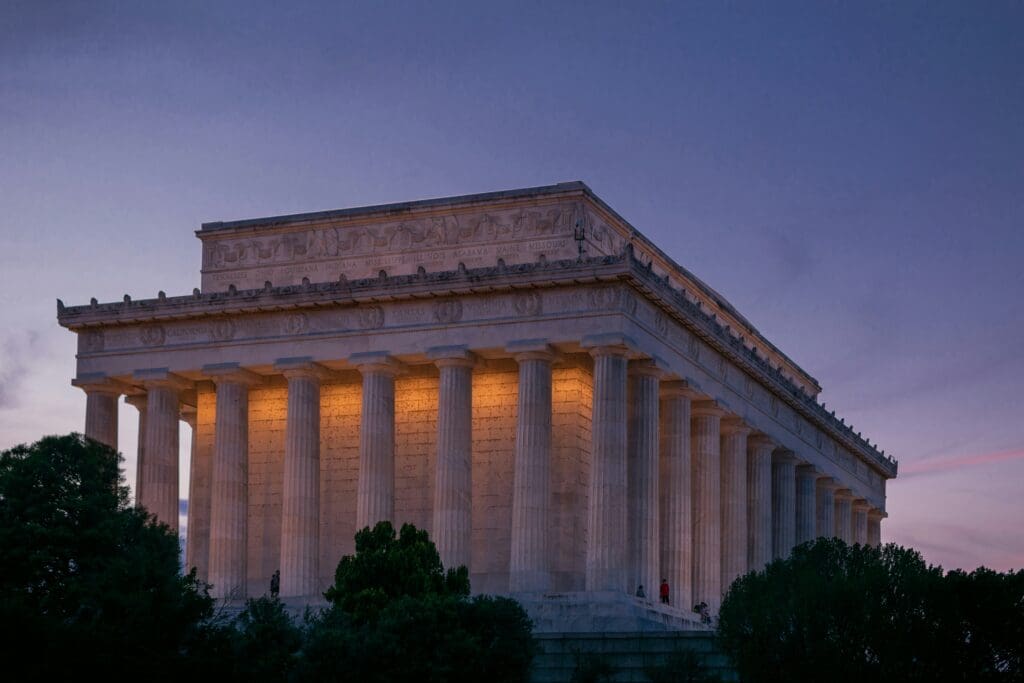What Happened between the Emancipation Proclamation and the Eradication of Slavery?

By: Emma Johnson
As many people know, Juneteenth marks the day when Union soldiers marched into Galveston Bay, Texas, two and a half years after the Emancipation Proclamation, to announce the end of slavery and free the enslaved people there. During Juneteenth, there is much conversation about the Emancipation Proclamation. Due to this, I wanted to provide more explanation on what the document did and why slavery was not completely eradicated until December 6th, 1865.
Before the proclamation, Abraham Lincoln had already abolished slavery in Washington, D.C. With the Emancipation Proclamation, he ordered the enslaved people in the Confederate states to be freed. However, multiple states had not seceded and still had enslaved people. These states were the border states of Missouri, Kentucky, Maryland, and Delaware. Although the proclamation legally freed all enslaved people in the Confederacy, it needed to be enforced throughout the Confederate states. Union soldiers attempted to spread the news, but many areas were still under Confederate control until Confederate General Robert E. Lee surrendered on April 9th, 1865. When Union soldiers arrived in Galveston Bay on June 19th, 1865, they freed the remaining enslaved people in the Confederacy.
However, there were still people who were legally enslaved in the border states at this time. The 13th Amendment was passed by Congress on January 31st, 1865, which ended slavery except as punishment for a crime. But for it to become law, 27 states needed to ratify it. This happened on December 6th, 1865, officially ending slavery (except as punishment for a crime that is legal today) throughout the United States.
The information in this blog was sourced from a video by TED-Ed in collaboration with Karlos K. Hill and Soraya Field Fiorio. Check out their video, as it does a wonderful job explaining the history of the Emancipation Proclamation:

